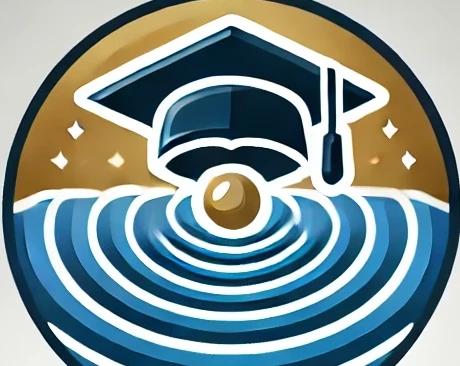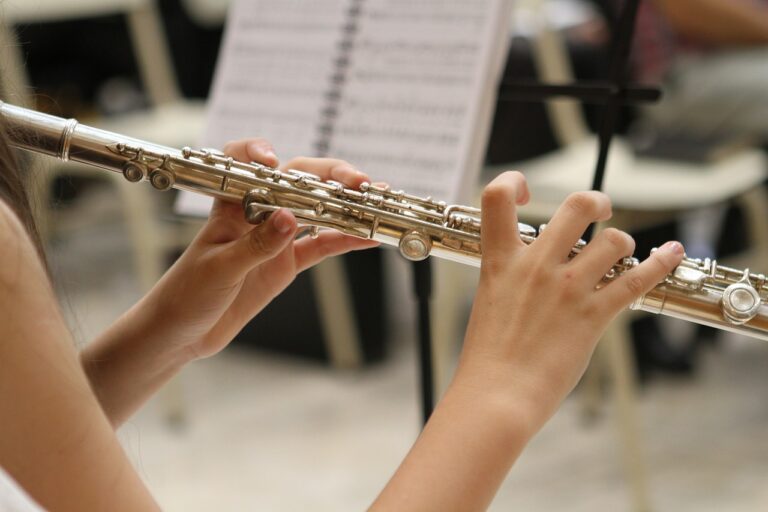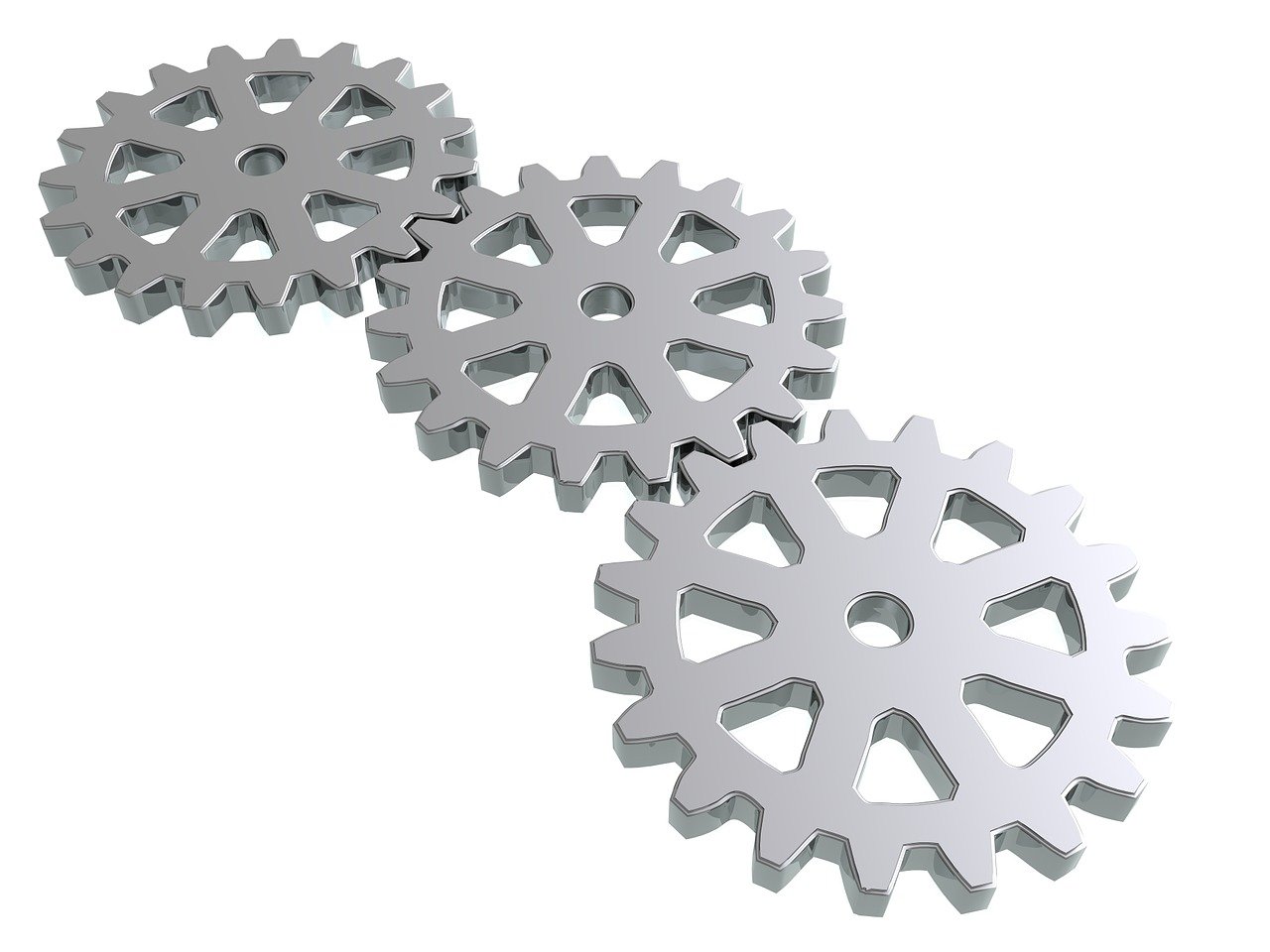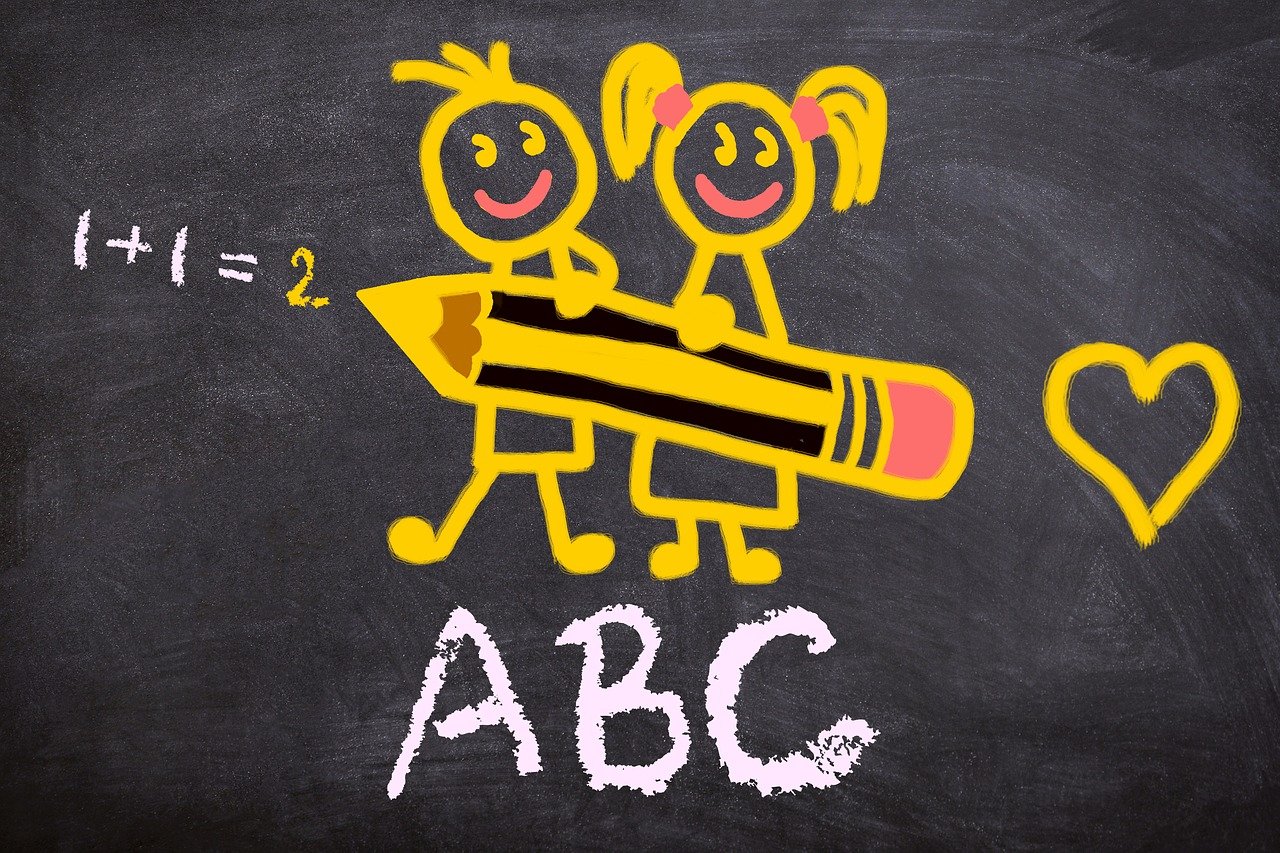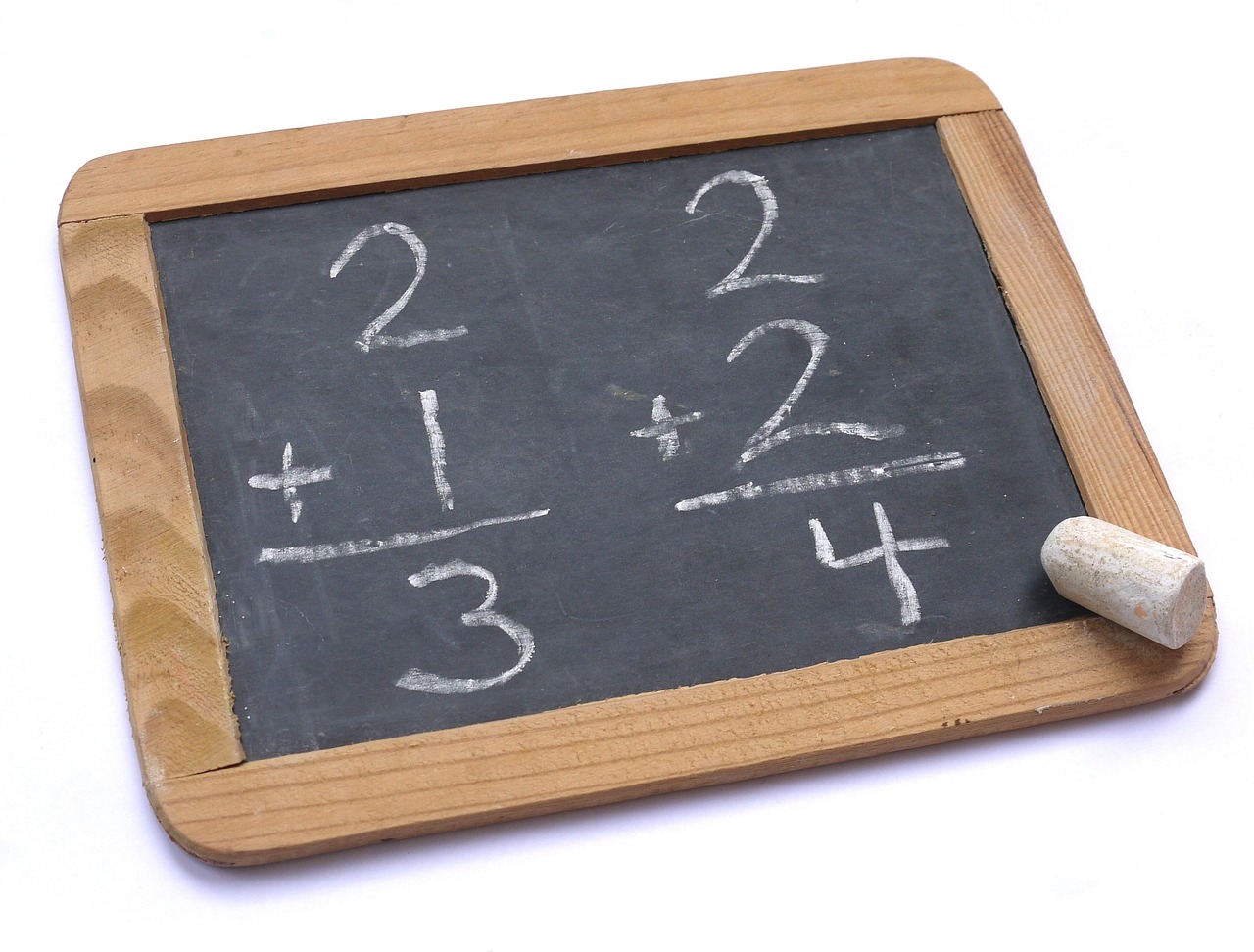Subject: Basic Science
Class: Primary 2
Topic: Sound Energy and Sources of Sound
Week: 2
Term: Third Term
Duration: 40 minutes
A. Lesson Objectives
By the end of the lesson, pupils should be able to:
Define sound energy.
Identify sound as a form of energy.
Mention common sources of sound.
State uses of sound in daily life.
B. Instructional Materials
Drum, bell, radio, whistle
Picture charts of sound-producing items
Audio clips (if available)
Flashcards with names of sound sources
Whiteboard and marker
C. Lesson Content
1. What is Sound Energy?
Sound energy is the energy we hear. It is made when something vibrates and sends waves through the air to our ears.
When you clap your hands, bang a drum, or talk, you create sound energy.
2. Sound is a Form of Energy
Sound helps us to:
Hear things around us
Communicate with others
Enjoy music
Hear warnings (like a car horn or alarm)
Sound travels through air, water, and even solid objects.
3. Sources of Sound
Sources of sound are things that make sound. Some common sources include:
| Source | Type of Sound |
|---|---|
| Drum | Beating sound |
| Bell | Ringing sound |
| Human voice | Talking, singing |
| Whistle | Sharp blowing sound |
| Animals | Barking, meowing, chirping |
| Radio/TV | Music, voices, other sounds |
| Musical instruments | Flute, piano, guitar |
Important Point: Anything that vibrates and produces sound is a source of sound.
4. How Sound is Made
Sound is made when objects vibrate.
Vibration means fast movement back and forth.
Example:
When you hit a drum, its surface vibrates and creates sound.
When you speak, your vocal cords vibrate and produce sound.
5. Uses of Sound
Communication: Talking, telephone calls
Entertainment: Music, TV, radio
Warning: Sirens, fire alarms
Animal sounds: Dogs bark to warn, birds chirp
D. Class Activities
Activity 1: Sound Around Us
The teacher plays or makes sounds using a bell, drum, or whistle.
Pupils identify each sound and say what object made it.
Activity 2: Picture Match
Pupils match flashcards of sound sources to their names or sounds.
Activity 3: Make a Sound!
Pupils are asked to clap, tap on the desk, or talk to demonstrate how we make sound by vibrating objects.
E. Evaluation (Assessment)
Ask pupils the following questions:
What is sound energy?
Mention 3 things that make sound.
What do we call things that make sound?
What happens when you beat a drum?
Say two uses of sound.
F. Assignment
Draw and name 3 sources of sound (e.g., bell, drum, radio).
Fill in the blanks:
a. Sound is made by ________________.
b. A dog makes sound by ________________.
c. We hear sound with our ________________.
G. Conclusion
Sound is an important form of energy that we hear.
We can make sound by making things vibrate.
Many things around us are sources of sound, and we use sound every day to talk, listen, and stay safe.
